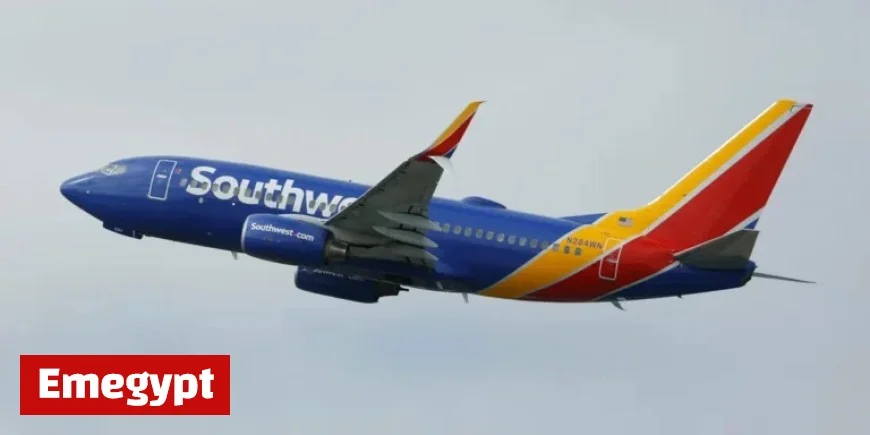Southwest Plane Aborts Landing to Avoid Helicopter Collision

Investigators are examining a near-miss incident involving a Southwest Airlines flight and a medical helicopter. The incident occurred on a Wednesday as Southwest Flight 1333 was approaching Cleveland Hopkins International Airport. This flight was coming from Baltimore while the helicopter was on a mission to pick up a patient.
Incident Details
According to Flightradar24, the Boeing 737 encountered a traffic collision avoidance system resolution advisory (TCAS RA). This advisory is crucial for guiding pilots to avoid potential collisions. Flight data indicated that the helicopter was approximately half a mile in front of the airliner, both at an altitude of 2,075 feet.
- Flight involved: Southwest Flight 1333
- Route: Baltimore to Cleveland
- Altitude of both aircraft: 2,075 feet
- Distance between aircraft: ~0.56 miles
Air Traffic Control Interaction
An audio recording from the air traffic control tower captured the moment when controllers instructed the helicopter to pass behind the Southwest aircraft. The helicopter pilot acknowledged this guidance, suggesting they adjust their flight path accordingly. This exchange highlighted significant communication under pressure.
After receiving the TCAS RA, the Southwest pilot decided to go around rather than proceed with the approach. The aircraft circled back and successfully landed following the incident.
NTSB Investigation
The National Transportation Safety Board (NTSB) has launched an investigation into this incident. They described the event as a loss of separation, meaning the two aircraft came closer than the required safety distance. A spokesperson for Southwest Airlines emphasized the crew’s professionalism and commitment to safety throughout the situation.
Context and Implications
This near-miss comes amid ongoing concerns regarding the air traffic control system due to the government shutdown. Air traffic controllers, currently unpaid, are facing staffing shortages that have resulted in delays at various airports across the country.
The Federal Aviation Administration has expressed the urgency of ending the shutdown to ensure that controllers receive their pay and to minimize disruption for travelers.
Similar Past Incidents
While this incident did not result in any collision or injuries, it echoes a tragic event from January. In that incident, an American Airlines flight collided with an Army Black Hawk helicopter, leading to the loss of 67 lives. Such comparisons underscore the importance of communication and adherence to safety protocols in aviation.
As investigations continue, the focus remains on enhancing safety measures to prevent future incidents and ensure the well-being of both passengers and crew members.





























